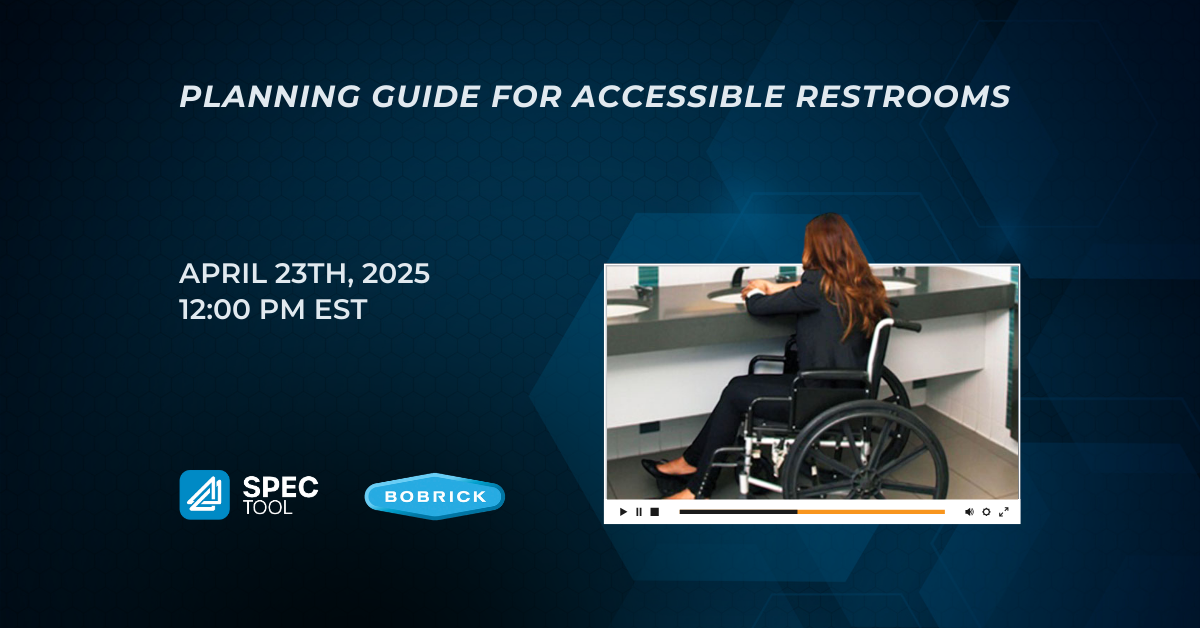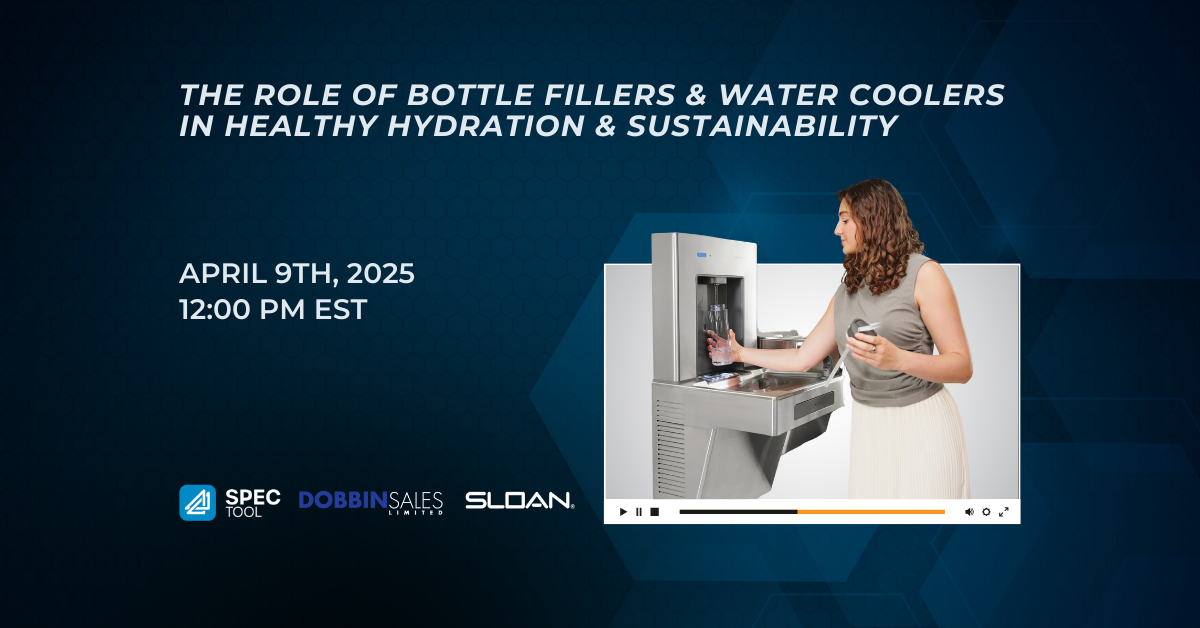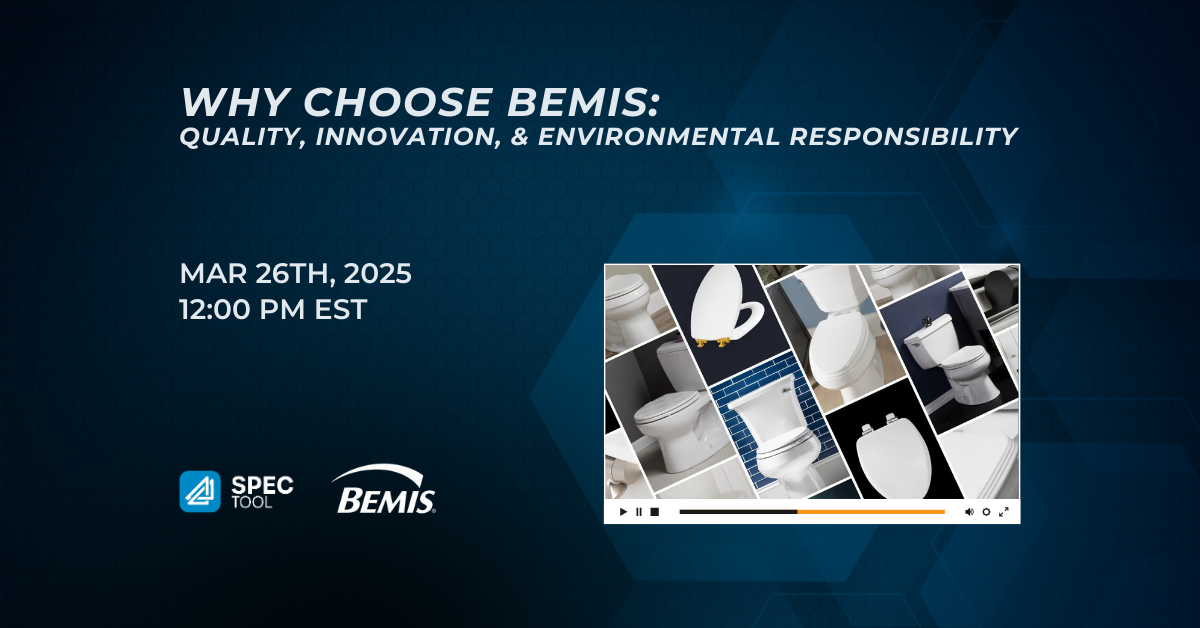Specifying Snow & Ice Prevention Solutions to Minimize Risks (CEU)

CHAPTER SUMMARY
Chapter 1: Introduction to Snow Melting Systems
- Snow melting systems enhance safety and reduce maintenance in various applications, including commercial, residential, and emergency areas.
- Hydronic and electric snow melting systems have distinct characteristics in terms of installation, cost, and responsiveness.
- The webinar will explore design considerations, installation, and resources to choose appropriate snow melting solutions.
Chapter 2: Design Considerations for Snow Melting Systems
- The free area ratio is crucial for determining how effectively the system will manage snow.
- Insulation is vital for system responsiveness and preventing black ice formation.
- Attention to vehicular loading and tubing or cable depth is necessary to prevent concrete cracking.
Chapter 3: Hydronic vs. Electric Snow Melting Systems
- Hydronic systems offer greater design flexibility but come with higher installation costs, while electric systems are simpler to install but have higher operating costs.
- Hydronic systems are less likely to cause “shock” to the concrete slab compared to early electric systems.
- The choice between hydronic and electric systems depends on factors like area size, available power, and long-term operational costs.
Chapter 4: Installation and Controls
- Proper spacing, depth of tubing or cables, and correct placement of manifolds are essential for efficient snow melting.
- Smart controls, including sensors and zoning capabilities, can enhance system performance and responsiveness.
- Accessories such as flow meters and temperature gauges are helpful for balancing and troubleshooting the system.
Chapter 5: Tools and Resources
- A variety of design tools and resources from manufacturers are available to assist in selecting and configuring snow melting systems.
- Understanding the inputs and outputs of these tools is crucial for accurate system design.
- The presenters are available to provide support and help with the design and specification process.



